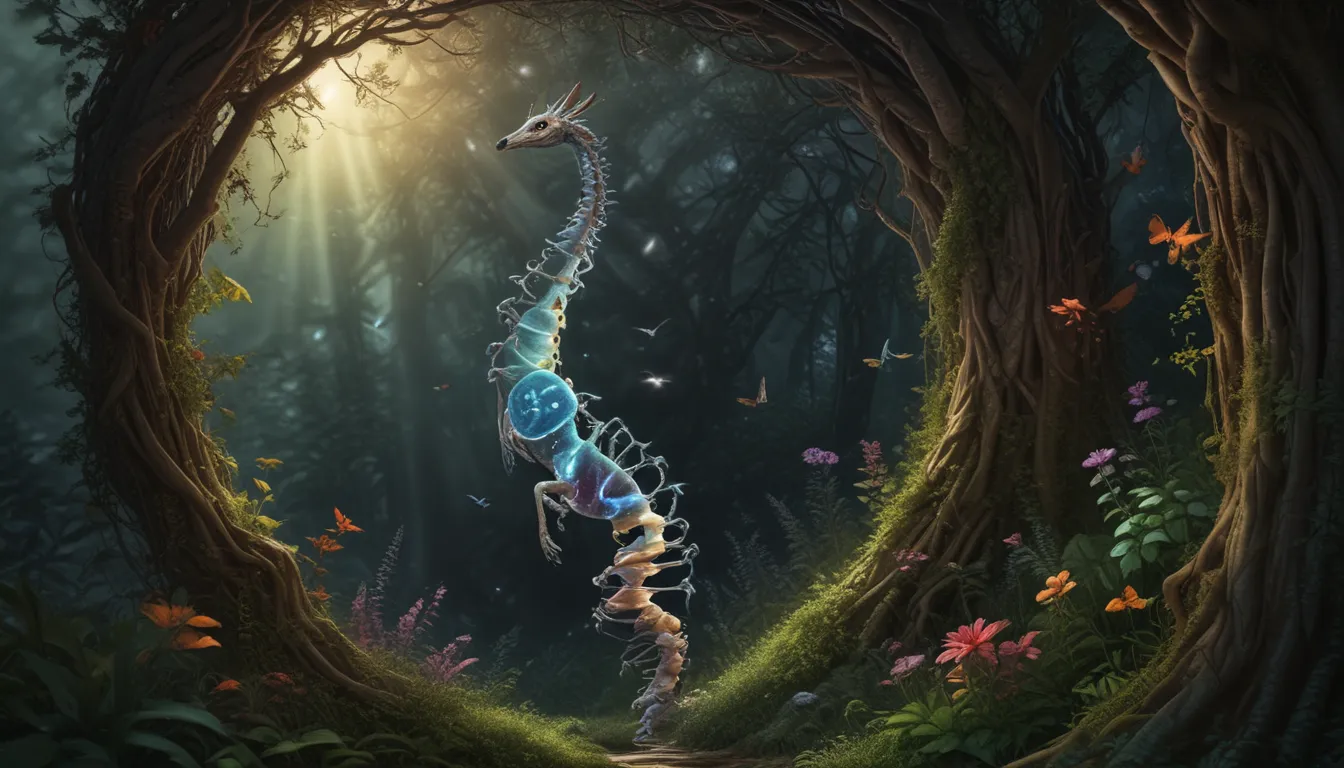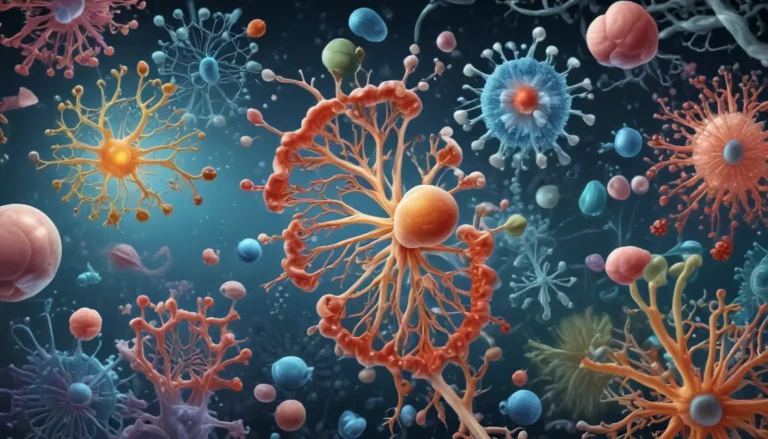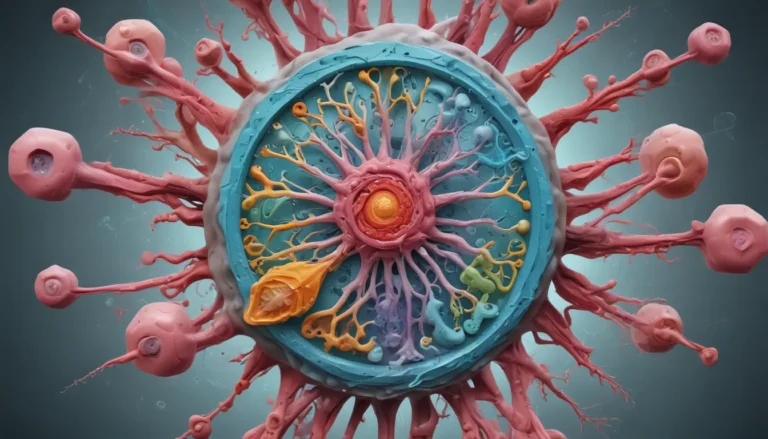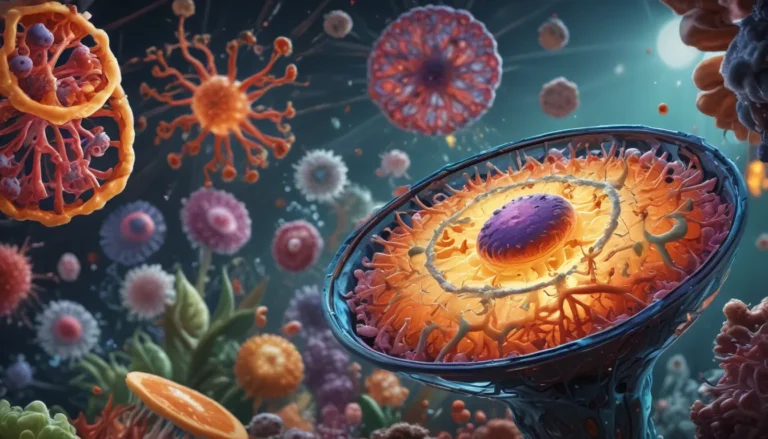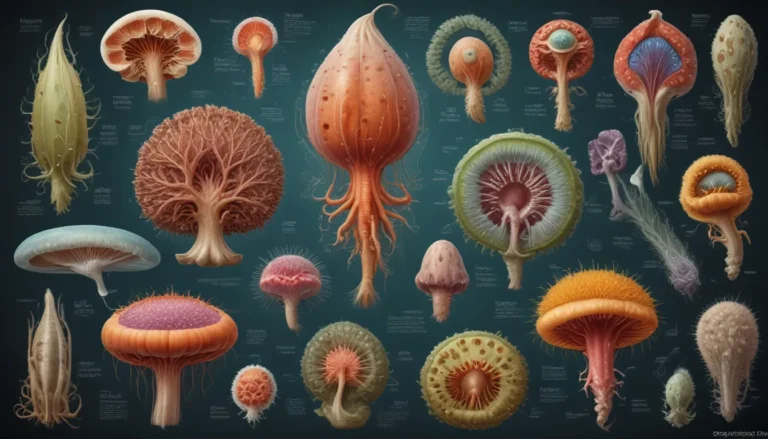A Note About Images: The images used in our articles are for illustration purposes only and may not exactly match the content. They are meant to engage readers, but the text should be relied upon for accurate information.
Are you ready to embark on a thrilling adventure into the captivating realm of allele interactions? Brace yourself as we delve into the fascinating world where genes interact with each other, shaping the traits and characteristics of living organisms. Allele interactions are like a genetic puzzle, where different pieces (alleles) work together to create unique patterns. Understanding this puzzle not only unlocks the secrets of evolution but also sheds light on the diversity of life itself.
The Role of Allele Interactions in Phenotypic Variation
Allele interactions, also known as gene-gene interactions, are a fundamental aspect of shaping the phenotypic variation observed in living organisms. These interactions occur when different alleles of two or more genes interact with each other, influencing the expression of traits. The combination of alleles present in an individual determines how these genes interact and ultimately contributes to the phenotype. This complex interaction can lead to a wide range of phenotypic outcomes, including the expression of unique traits not observed in either parent.
Understanding Dominant and Recessive Alleles Interaction
Contrary to popular belief, allele interactions can occur between both dominant and recessive alleles. In some cases, the presence of a dominant allele can suppress the expression of a recessive allele, resulting in an altered phenotype. This phenomenon, known as dominance suppression, highlights the intricate nature of allele interactions and demonstrates how the presence of one allele can influence the expression of another.
Exploring Epistasis: The Fascinating Type of Allele Interaction
Epistasis is a captivating type of allele interaction where the expression of one gene masks or modifies the effect of another gene. This interaction can occur within the same pathway or between different pathways, leading to the regulation of complex traits. Epistasis plays a crucial role in shaping the genetic architecture of organisms and contributes to the remarkable diversity observed in nature.
Unveiling the Potential for Novel Phenotypes
One of the most intriguing aspects of allele interactions is their ability to result in novel phenotypes that are not seen when each allele acts independently. This phenomenon, known as gene interaction, occurs when the combination of alleles creates a unique expression pattern that is different from either parent. This aspect of allele interactions has significant implications in evolution and contributes to the development of new traits in populations over time.
The Influence of Environmental Factors on Allele Interactions
While genes play a fundamental role in allele interactions, it is essential to note that environmental factors also have a significant impact. Environmental conditions can affect gene expression and modify the interaction between alleles. This gene-environment interaction contributes to the remarkable plasticity of living organisms, showcasing the intricate balance between genetic and environmental influences on trait expression.
The Link Between Allele Interactions and Disease Susceptibility
Allele interactions are not limited to shaping phenotypic variation; they also play a critical role in disease susceptibility. In some cases, the presence of specific allele combinations can increase the risk of developing certain diseases. Understanding allele interactions and their contribution to human health is essential for predicting and preventing genetic diseases in humans.
Harnessing Allele Interactions for Genetic Engineering Advancements
Advances in genetic engineering have been greatly facilitated by our understanding of allele interactions. By unraveling how different genes interact and influence each other’s expression, scientists can manipulate these interactions to achieve desired outcomes. This knowledge has revolutionized fields such as agriculture, medicine, and biotechnology, enabling the development of genetically modified organisms and targeted therapies.
The Implications of Allele Interactions on Evolutionary Processes
Allele interactions have far-reaching consequences for evolutionary processes. They contribute to the generation of genetic diversity and drive natural selection. The interplay between different alleles in a population determines the fitness of individuals and influences how traits are passed on to future generations. Understanding allele interactions is essential for unraveling the mechanisms underlying evolutionary change and adaptation.
Conclusion: Embracing the Wonders of Allele Interactions
In conclusion, allele interactions are an intricate and essential aspect of genetics that shape our biological world in astounding ways. From producing unexpected phenotypes to influencing evolutionary processes, the study of allele interactions offers a glimpse into the complexity and beauty of life itself. As we continue to expand our knowledge of genetics, we can expect to uncover even more mind-blowing facts about allele interactions that will further enrich our understanding of the genetic world.
FAQs: Exploring Common Questions About Allele Interactions
- What are allele interactions? Allele interactions refer to the way different versions of a gene interact with each other to produce a particular phenotype.
- What is the difference between dominant and recessive alleles? Dominant alleles are expressed in the phenotype, even if there is only one copy of the allele present, while recessive alleles are only expressed if both copies of the allele are present.
- Can allele interactions lead to unexpected phenotypes? Yes, allele interactions can result in unexpected phenotypes by producing unique expression patterns different from those of individual alleles.
- How do allele interactions contribute to genetic diversity? Allele interactions contribute to genetic diversity by creating new combinations of alleles essential for species survival and adaptation in changing environments.
- Are allele interactions relevant in human genetics? Absolutely! The study of allele interactions is crucial for understanding human genetics, predicting inherited traits, and diseases, and improving overall health outcomes.
Unlock the mysteries of allele interactions and dive deeper into the fascinating world of genetics to discover the wonders of genetic diversity and evolution. Join us on this enlightening journey as we unravel the complexities of life through the lens of allele interactions.
